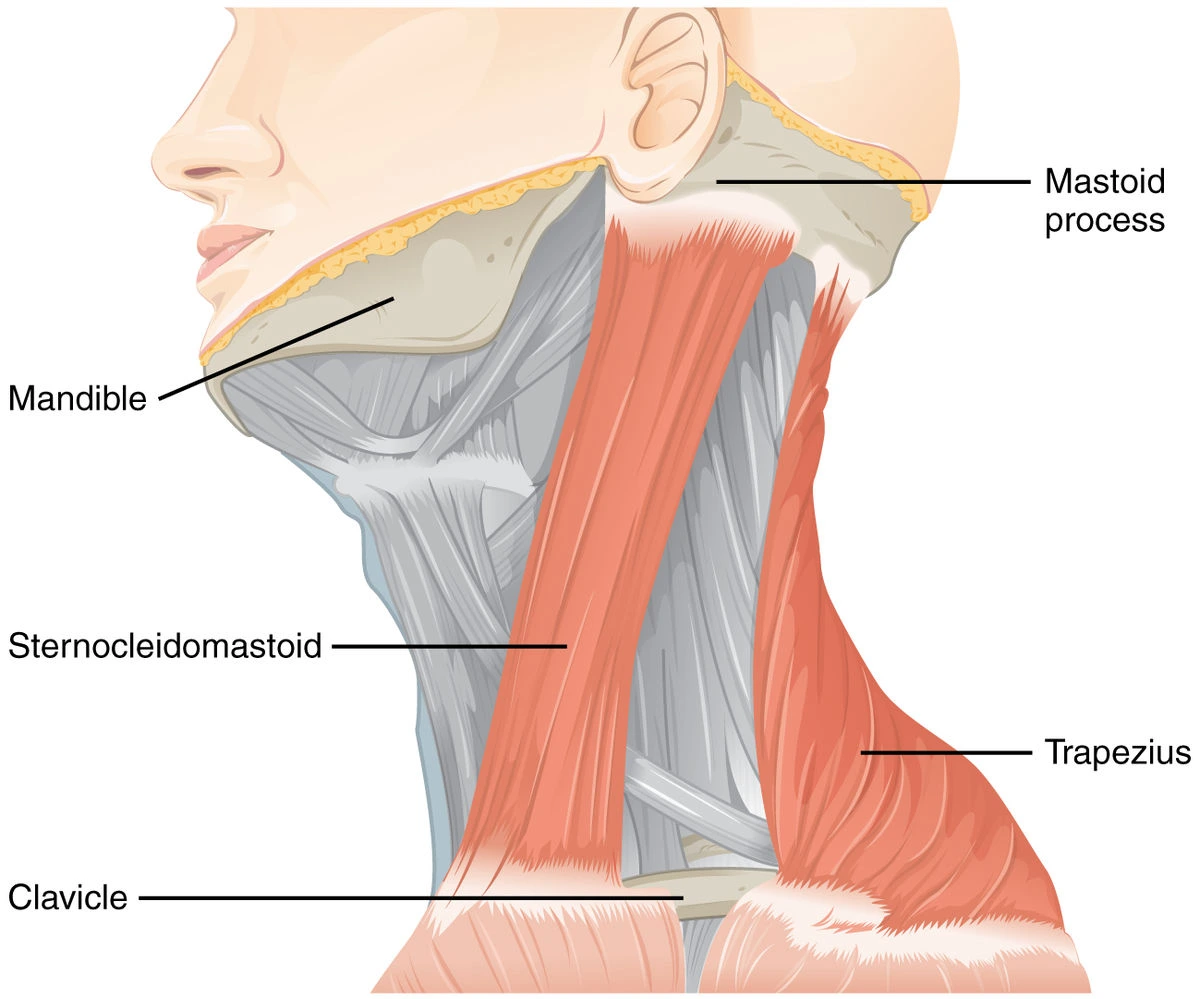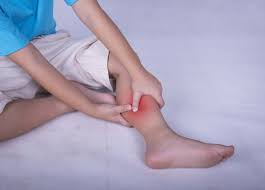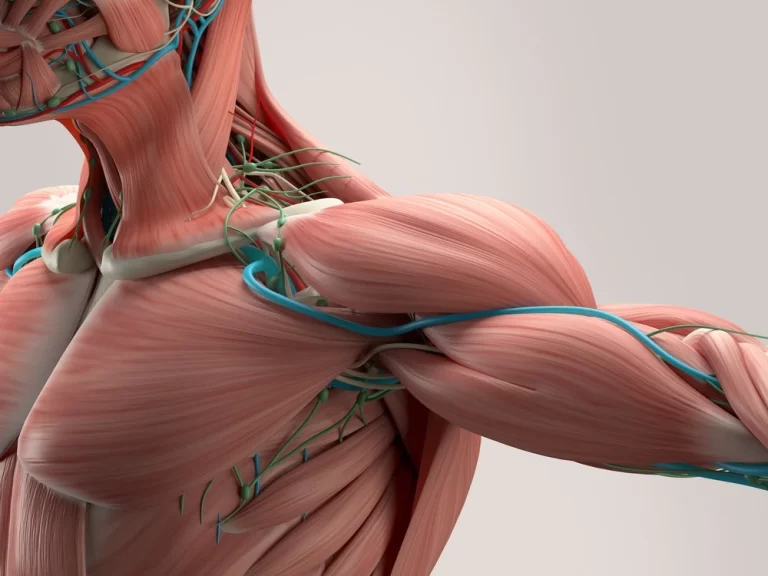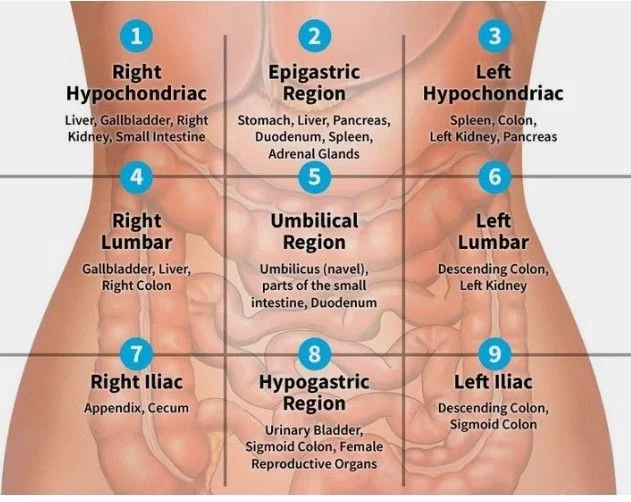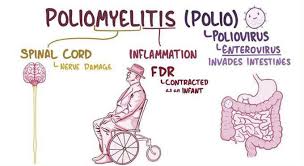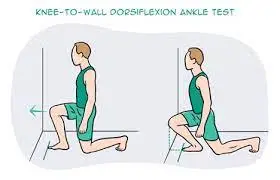Sternocleidomastoid Syndrome
Table of Contents
What is a Sternocleidomastoid Syndrome?
Sternocleidomastoid Syndrome, also known as SCM Syndrome, is a condition characterized by pain and discomfort in the neck and head region, caused by the dysfunction or overuse of the sternocleidomastoid muscle. This muscle is located on either side of the neck and plays a crucial role in the movement of the head and neck.
Individuals affected by Sternocleidomastoid Syndrome may experience a range of symptoms, including localized pain in the neck, jaw, face, and head, as well as headaches, dizziness, and difficulty with neck movement. The condition often arises due to repetitive strain or tension placed on the sternocleidomastoid muscle, leading to the development of trigger points, muscle spasms, and referred pain.
While the exact cause of Sternocleidomastoid Syndrome can vary from person to person, factors such as poor posture, prolonged computer use, stress, and neck injuries are known to contribute to its development. Additionally, certain occupations that involve repetitive neck movements or prolonged static postures can increase the risk of developing this condition.
Early diagnosis and appropriate management are essential to alleviate the discomfort associated with Sternocleidomastoid Syndrome. Treatment options may include physical therapy, stretching exercises, massage, heat therapy, and in some cases, medications to relieve pain and inflammation.
What is the Sternocleidomastoid (SCM) muscle?
- The sternocleidomastoid muscle (enunciate “stur-nuh-klai-duh-MAA-stoyd”) is the vast muscle in the anterior of your neck. It is located just under your skin. You can utilize your fingers to feel it on both the right & left sides of your neck. You can feel your pulse through your sternocleidomastoid (SCM) muscle.
- It is a paired muscle (two parts). Your sternocleidomastoid (SCM) muscle starts at the base of your neck, wraps around both sides, and ends at the base of your skull. It gets its name from its location and its regions.
- Sterno means your sternum or breastbone. One area of the sternocleidomastoid (SCM) muscles (the sternal head) begins at your breastbone. It travels up both sides of your neck, where it merges with the other area of the sternocleidomastoid (SCM) muscle, the clavicular head.
- Cleido means your clavicle or collarbone. The other area of the sternocleidomastoid (SCM) muscle (the clavicular head) begins in the center of your left & right collarbones. It travels up the bilateral sides of your merges and neck with the sternal head.
- Mastoid is short for a section of bone known as the mastoid process. The mastoid process is located at the depend of your cranium behind your ears. The sternocleidomastoid (SCM) muscle ends at the mastoid process.
Definition of Sternocleidomastoid Syndrome
An acute or chronic condition of neck stiffness with reduced mobility (especially rotation), sometimes accompanied by neck pain or pain in body parts distant from the neck (eyes, temples, throat, ears, nose, shoulders…), nausea, tinnitus, vertigo, and torticollis.
What are the causes of the sternocleidomastoid muscle (SCM) Syndrome?
Poor posture (Upper Crossed Pattern), aging, pillow height and frequent sleeping on a stomach, neck trauma (whiplash), certain occupations (violinists), weightlifting, incorrect swimming styles, very abrupt performance of sit-ups, anxiety, stress, and hyperventilation syndrome.
What are the symptoms of sternocleidomastoid muscle syndrome?
Headaches that come and go, ptosis, unexplained lacrimation and eye reddening, sinusitis, sore throat, ipsilateral ear popping noises, balance issues, postural dizziness, and diminished spatial awareness are some of the symptoms.
Aging and SCM Syndrome
According to biology, our body makes an effort to keep our eyes and ears at the same level as we age. The head is heavy (approximately 5,5 kg) and aging conducts to loss of muscle tone and strength of all muscles, involving SCM which results in forward-head posture and rounded shoulders. That collision immediately causes decompensations, kinetic chain discomfort, and postural and gait abnormalities.
Trigger points in SCM
Any changes in the SCM muscle can be connected with Trigger Points (TPs) which can be the cause itself or the consequence of the syndrome. Trigger Points (TPs), if they exist, are frequently discovered in the upper trapezius. When SCM trigger points are activated, pain may radiate outside of the SCM muscle.
- In the sternal head of SCM, there are usually four trigger points (TPs) which can give issues such as ptosis, blurred vision, sinus headaches, and referred pain patterns. The referred pain pattern is more superficial and gives pain in the occiput, throat, eye, sinus, cheek, and eyebrow.
- In the clavicular head of SCM rest three trigger points (TPs) that can give issues with pain in the forehead, ear, and mastoid zone, nausea, vertigo, ataxia, and dizziness. Often, there is a triad of concomitant symptoms such as dizziness, frontal headache, and dysmetria (lack of coordination of movement).
Differential Diagnosis
- Atypical cervical neuralgia,
- Meniere’s disease,
- Congenital and spasmodic torticollis,
- Vascular headache,
- Arthritis of the sternoclavicular (S/C) joint,
- Trigeminal neuralgia,
- Facial neuralgia,
- Vestibulocochlear problems,
- Lymphadenopathy,
- levator scapulae, upper trapezius, and splenius capitis active TPs,
- Fibromyalgia,
- Cervical sprain and strain,
- Cervical disc disorders.
What are common treatments for the SCM muscle?
Treatments involve:
- To relieve inflammation and discomfort, use hot or cold therapy,
- Stretches to strengthen & lengthen muscle fibers,
- Massage to relax & release the muscle,
- Osteopathic manipulation treatment.
To begin with, it is main to find the cause of SCM Syndrome.
- Meditation, relaxation, yoga, modest bodyweight exercises, and breathing methods can all help to alleviate symptoms if stress and worry are what’s causing the illness.
- If the syndrome is due to poor posture, physical therapy can assist to fix and improve the posture and to give advice on daily life activities.
- If the condition is serious and chronic, it needs more time and the application of physiotherapy procedures.
- The most commonly utilized are:
- Deep stroking massage of the sternocleidomastoid (SCM) and neck,
- Use of warm compresses (if there is no neck-area irritation present),
- Trigger points (TPs) treatment utilizing ischemic compression technique (ICT) and pincer-grip (also, dry needling, muscle energy for SCM, positional release),
- Stretching of both heads separately later trigger points (TPs) treatment,
- Strengthening of the neck (only isometric neck exercise (INE) in any neck strengthening exercises should be done)
- Self-massage & daily stretching.
Physiotherapy Treatment
You may require surgery on your sternocleidomastoid if more conservative treatments have not worked and you are experiencing pain. You may require surgery if there is severe structural damage, like a major tear or a tumor that is damaged tissue.
Sternocleidomastoid pain exercises and stretches
Set aside at least 15 minutes per day to do certain types of simple stretches or yoga poses. Here are certain examples to get you started:
- Neck rotations
- Sit and stand facing forward,
- Exhale and slowly move your head to the right, keeping your shoulders relaxed and down,
- Inhale and return to the center,
- Exhale and move to look over your left shoulder,
- Do ten rotations on each side,
- Head tilts
- Sit and stand facing forward,
- Exhale as you slowly move your right ear down toward your shoulder,
- Utilize your right hand to apply light pressure to your head to deepen the stretch,
- Hold for a few breaths, feeling the stretch on the side of your neck all the way down to your collarbone,
- Return to the starting position above an inhalation,
- Same on the opposite side,
- Do ten tilts on each side.
- There are more stretches you can do from a seated position, such as at your desk or while watching TV.
Yoga practice can give overall stretching and relaxation benefits. Here are two poses of varying difficulty that may assist your neck muscles in time:
- Revolved Triangle
- Place your feet roughly four feet apart.
- Face your right toes forward & your left toes out at a slight angle.
- Square your hips and face forward in the similar direction your right toes are pointing.
- Lift your arms up at your sides and make sure they are parallel to the floor.
- Steadily hinge at your hips to fold forward, stopping ending until your torso is parallel to the floor.
- Carry your left hand to your leg, the floor, or a block, wherever you can reach.
- Extend your right arm straight up with your palm outside, away from your body.
- Turn your gaze to see up toward your right thumb.
- Exhale to turn your neck to see down at the floor.
- Inhale as you return your stare upward.
- Hold the rest of your body stable and continue these neck rotations as you wait in the pose for up to one (1) minute.
- Execute on the opposite side.
- Upward Plank
- This pose permits you to passively hang your head back & down, releasing tension in your neck & shoulders. The SCM, chest, and shoulder muscles are stretched and lengthened as a result.
Make sure the back of your neck is fully relaxed to keep away from compressing your spine. If it is uncomfortable for you to let your head hang back, you can push your chin into your chest & lengthen the back of your neck. Target engaging your neck muscles without straining.
You can allow your head to hang back on so many types of support such as a chair, the wall, or stacked blocks.
- Come into a seated position with your legs extended along with you.
- Hold your palms on the floor alongside your hips.
- Lift your hips and bring your feet below your knees.
- Increase the pose by straightening your legs.
- Open your chest while keep your head drop back.
- Grab for up to 30 seconds.
- Do this pose up to three times?
- If you are doing these poses as an area of a full yoga session, be sure to do them after you have warmed up.
How can I keep my SCM muscle healthy?
To care for your sternocleidomastoid (SCM) muscle:
- Treat stress and anxiety. Minimize the tension you transfer in your muscles from stress and anxiety. Regular exercise and sleep, yoga, and meditation are all good options for managing stress, yet there are many others.
- Practice the best posture. This includes setting up digital devices such as cell phones and computers so you are not craning your neck to use them. Do not strain your neck when you are reading.
- Assist your neck during sleep. Place on your back with a pillow supporting your neck. Keep away from sleeping on your stomach.
- Raise your head steadily during sit-ups. You activate your sternocleidomastoid (SCM) when you do sit-ups. Unexpected movements can injure it when you are already straining to pull your body up.
- Stretch. Daily neck stretches are the best idea, especially if you sit most of the day at work. If you have a job that needs you to hold an unpleasant posture for extended periods, speak with your healthcare provider (doctor) about stretches that can protect your SCM muscle. For example, violinists, painters, & carpenters work in positions that can strain the SCM muscle over time. Proactive stretching can decrease the risk of an injury.
Summary
Your sternocleidomastoid works alongside the inside structures in your neck to provide support and ease of movement. Stretching your neck regularly and grabbing steps to regard stress can assist prevent tension and strain that can conduct in soreness and ache in your sternocleidomastoid (SCM) muscle.
FAQs
Carrying a large object such as a child or backpack in an uncomfortable position is one of the causes of sternocleidomastoid pain. poor posture, for example, when a person expands long days hunched over a computer or straining their neck to get things in the garden.
Symptoms. Frequent headaches, ptosis, unexplained lacrimation and eye reddening, sinusitis & sore throat, ipsilateral ear popping sounds, balance problems, postural dizziness, & lowered spatial awareness.
A diagnosis of sternocleidomastoid (SCM) syndrome is most often based on general pain in the localized area, difficulty moving the head, sternocleidomastoid (SCM) muscle-induced dizziness, and stiffness in the neck. A trigger point on the sternocleidomastoid muscle (SCM) is what causes the sternocleidomastoid syndrome.
These facial feelings were sometimes accompanied by dizziness, throat pain when swallowing, left eyelid jerking, and severe lacrimation on the same side. She reported her symptoms as sporadic, lasting from minutes to an hour at a time, and occurring three to twelve times per week.
Weakness of TM with sparing of the sternocleidomastoid (SCM) indicates a ven- trial brainstem lesion, a lower cervical cord, or a lower spinal accessory root lesion. Weakness of the SCM alone specifies a lesion in the brainstem tegmentum or upper cervical accessory roots.
When we experience high levels of anxiety and stress, our body’s natural reaction is to tense up. When this happens often over a long length of time, it can cause muscle tension. This can be because of stiffness, tightness, aching, & pain in your neck and shoulders.
A brainstem tegmentum or higher cervical accessory root lesion is indicated by sternocleidomastoid weakness alone.
A brainstem tegmentum or higher cervical accessory root lesion is indicated by sternocleidomastoid weakness alone.
Place one hand on your forehead and lightly press your head into your hand, resisting the movement with your neck muscles. Hold for five to ten seconds before relaxing. Repeat on the back and sides of your head, resisting the movement in each direction. Perform 3-5 repetitions in each direction.

